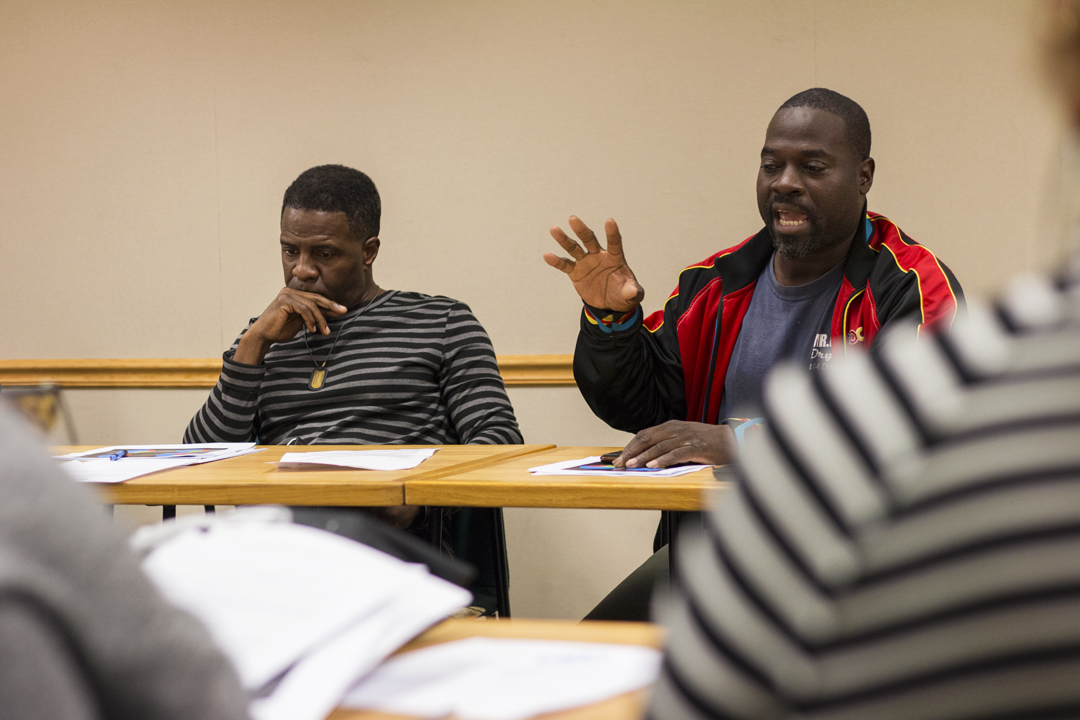
Members of a mayoral task force agreed unanimously Thursday night that the New Haven Police Department needed to increase its black and Hispanic presence.
At the City Hall meeting, the Community and Police Relations Task Force discussed statistics demonstrating that though New Haven is roughly equal parts black, white and Hispanic, the police department is more than half white, and only 22 percent black and 21 percent Hispanic. These numbers reflect biases against black candidates during the application process, said NHPD Officer Shafiq Abdussabur, who sits on the task force and consults for the President of the National Organization of Black Law Enforcement Executives.
“In the national mindset, cops look a certain way,” said Abdussabur, before explaining that blacks are often thought of as criminals instead of as law enforcers. He added that the force should focus on the issue of “the decriminalization of black skin.”
Mayor Toni Harp created the task force two years ago to assess NHPD protocol and actions, especially those involving the use of force, and to offer recommendations to Harp and the Board of Police Commissioners. It is comprised of members of the public, from several groups within the city. Roughly 15 people attended the meeting Thursday evening.
Approximately half of the members of the force, including community leader Barbara Fair, felt that several portions of the officer job-application process, such as a psychological evaluation and a drug test, especially hindered black applicants’ chances of getting hired. The focus of drug tests should change from determining whether an applicant uses substances to whether such use would hinder an officer’s performance, said several members at the meeting.
The lack of people of color on the police force may be contributing to high tensions in past months between the NHPD and residents, according to several speakers at the event. On Sept. 22, Elm City residents disrupted and occupied a Board of Alders meeting to protest the alleged assault of New Haven resident Holly Tucker by a NHPD officer. People at the Thursday night meeting also expressed disappointment with the NHPD’s attempts to instate community policing in the Elm City.
“Is it community policing when an officer that assaulted one of our community members gets promoted so that he can have a police dog?” Joe Foran, a volunteer for Unidad Latina en Acción and a member of the task force, asked rhetorically, referring to the alleged assault of a member of the New Haven Latino community by an NHPD officer earlier this year. “Is it community policing when [Holly Tucker] gets pulled out of her car?”
Increasing the number of officers who are New Haven residents and people of color would create improved communication and trust between residents and the NHPD, expressed four others at the meeting, including Leroy Williams, the former vice principal of James Hillhouse High School. Most of the other members indicated they were in accord with those speaking.
Residents who organized a Sept. 27 police-brutality protest considered staging a demonstration during the meeting, according to an email to the News from ULA organizer Megan Fountain ’07. But they did not appear at the event.
Four policemen stationed themselves on the steps outside city hall during the meeting. This was the number that would respond in the case of a protest, said NHPD officer Rob Criscuolo, though he declined to state the exact reason he and his fellow officers were there.







